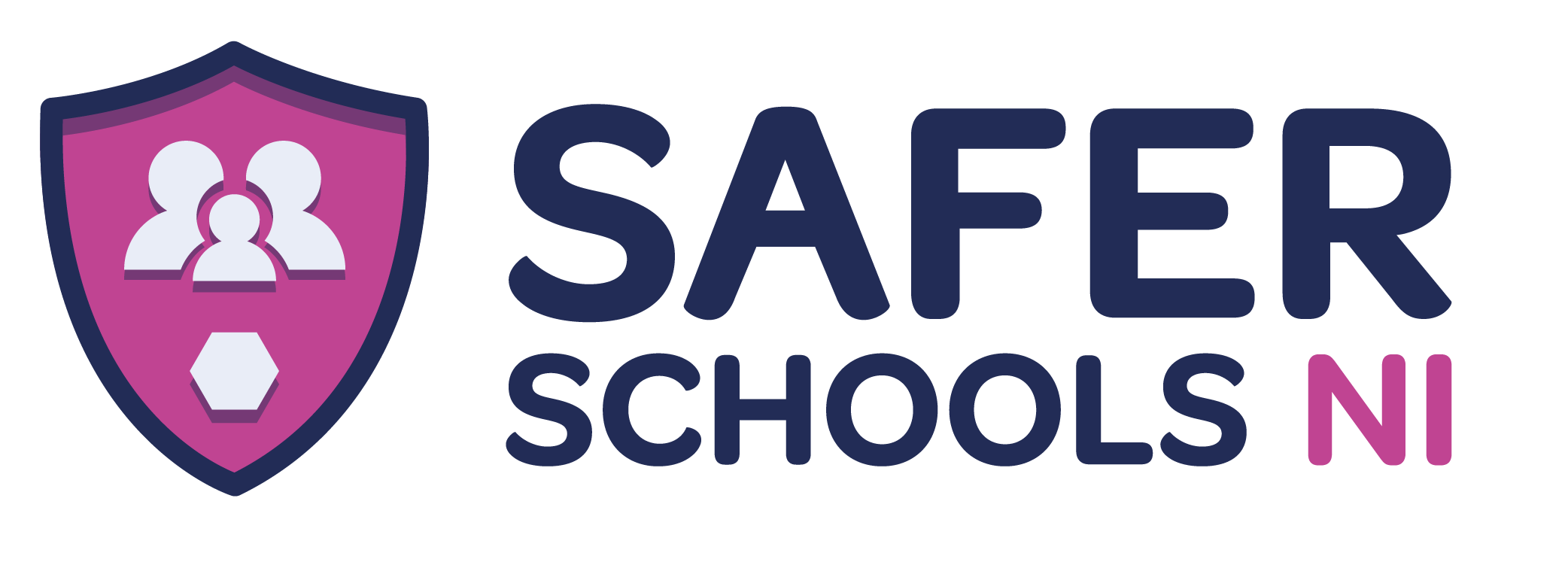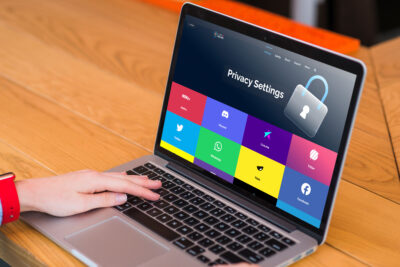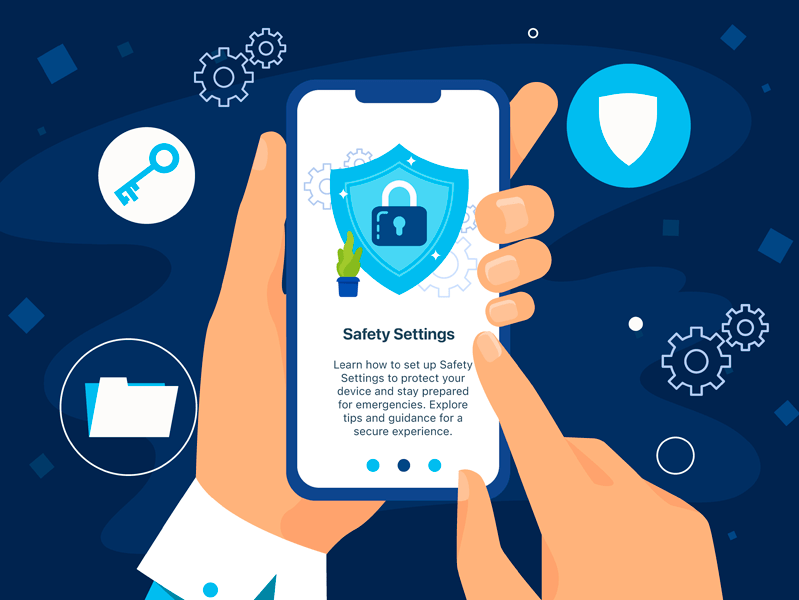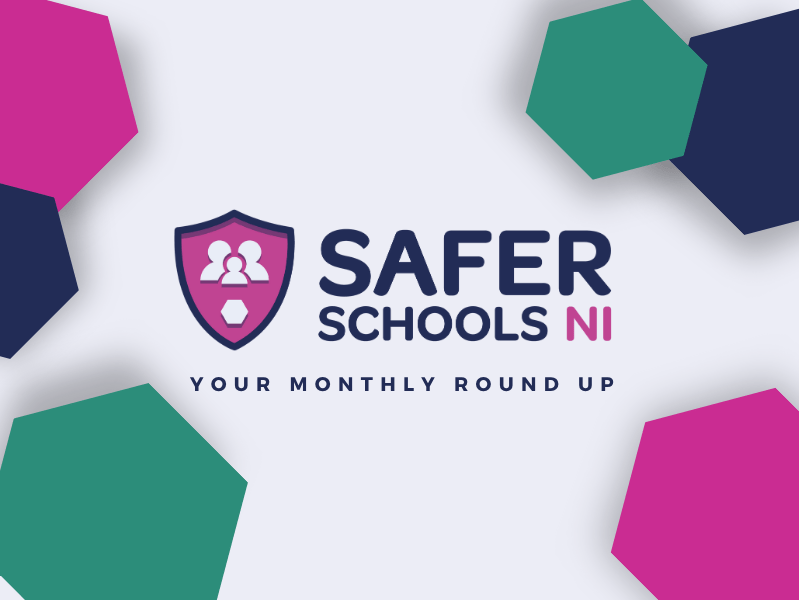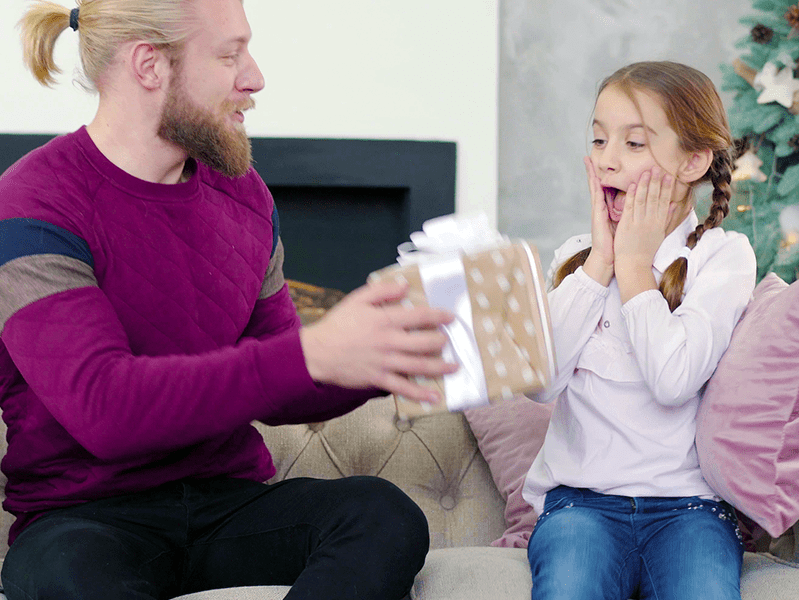Last Updated on 26th November 2025
Reading Time: 5 mins
October 3, 2024
In today’s digital world, children are constantly exposed to a vast array of online content, some of which may be inappropriate or even harmful. This article explores the potential dangers of popular music and accompanying online trends, and provides important information for parents, carers, and safeguarding professionals to educate, empower and protect children and young people.
The Darker Side of Music: Understanding the Risks
Many popular artists delve into complex and challenging themes such as body image, relationships and substance use. Although these can be relatable or even aspirational for young people, they can be damaging to their perspective on sensitive topics.
How this type of content can negatively impact children:
Although it may seem that the issues lie only within the music, it expands further into the online space. Social media often shares and depicts visualisations of an artist’s music through viral trends, dances or challenges. These can often encourage risky behaviours or push harmful ideologies.
Why Young People Connect with Challenging Themes
It’s crucial to understand why young people might be drawn to this content. Several factors contribute to its appeal:
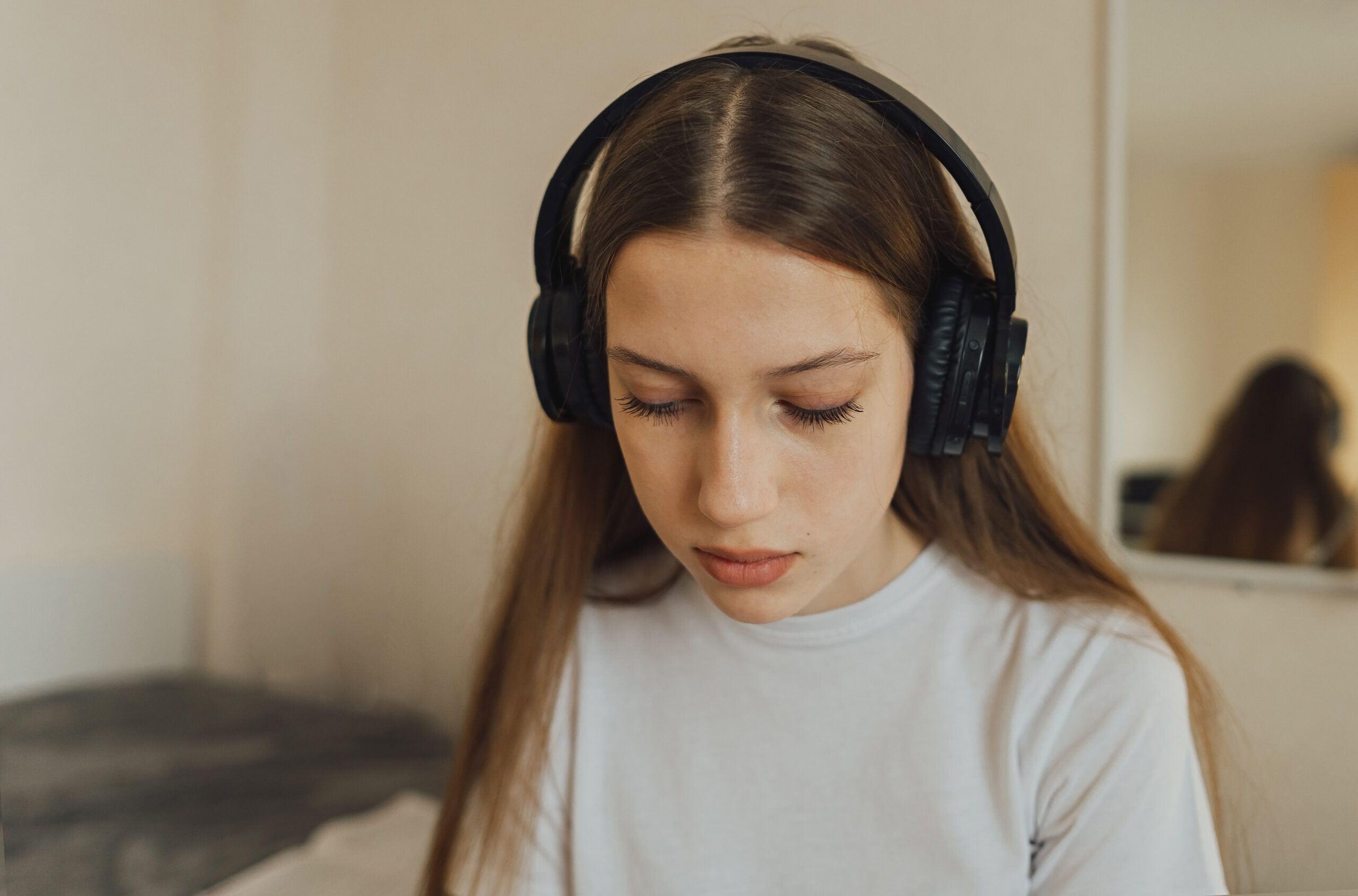
Top Tips For Parents, Carers, and Safeguarding Professionals
Further Resources
Join our Safeguarding Hub Newsletter Network
Members of our network receive weekly updates on the trends, risks and threats to children and young people online.
